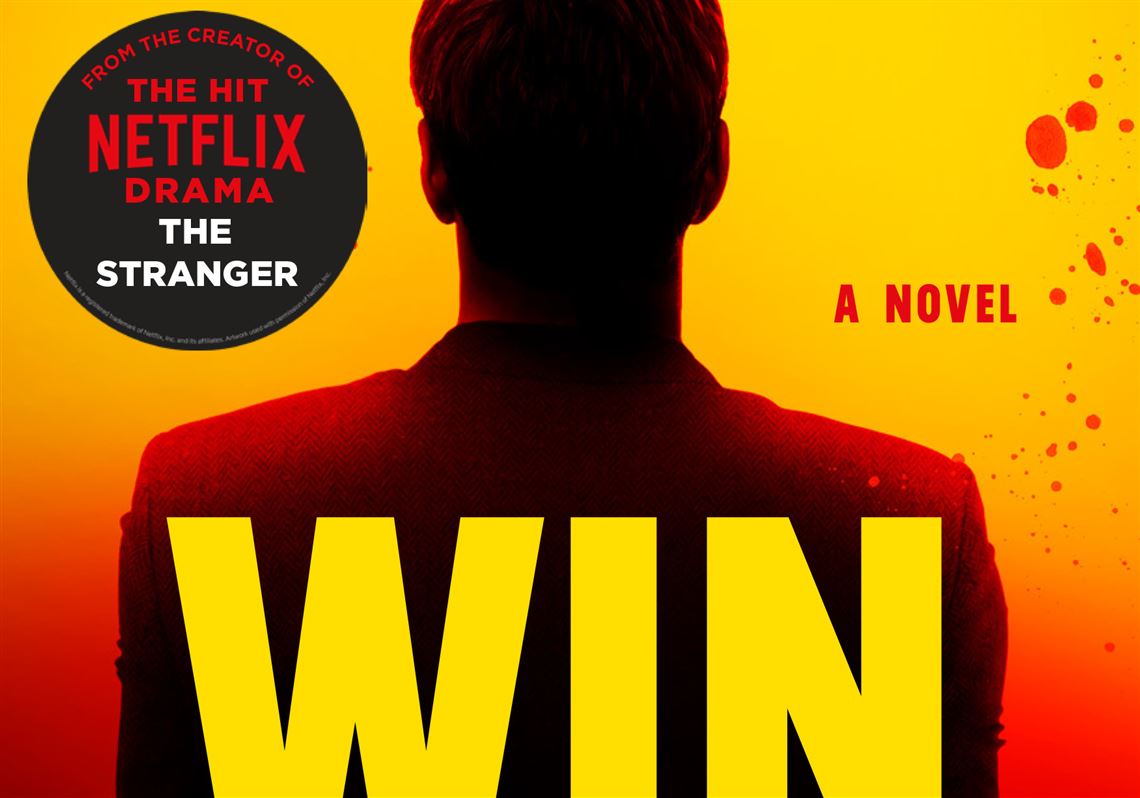In “Win,” Harlan Coben brings to the forefront a fascinating secondary figure from his successful Myron Bolitar detective series, which features a basketball star turned sports agent, a likable sleuth with a mostly traditional moral compass. Here, Myron is mentioned only peripherally.
Grand Central Publishing ($29)
Windsor “Win” Horne Lockwood III, Myron’s close friend and sidekick, is quite the opposite – one reason he has been so useful to Bolitar in the past. Win lives in the tony Dakota on Manhattan’s Upper West Side when he’s not at the family’s Main Line Philadelphia mansion. He wears Savile Row hand-tailored suits, shoes created by a master craftsman at G. J. Cheverleys, Lilly Pulitzer silk ties and specially created Hermes pocket squares. He’s 37, slim, handsome and highly trained for combat. At the start, he takes on a 6-foot-8 basketball coach and dispenses a bone-crushing defeat that leaves the beefy bully screaming in pain.
“I am quite the rake,” Win tells the reader. “I am also, for those missing the subtext, rich.” As for his moral compass, he says, “I warn you now. You’ll disagree with some of the choices I make. Don’t fret about it.”
The rich don’t go to jail, Win says. “The rich hire a bunch of attorneys who would twist reality … until reality is made irrelevant…. We would whisper quietly in the ears of friendly politicians, judges, prosecutors. We would make donations to their pet causes. It would go away.”
Win avoids lasting relationships. He prefers a secret dating app available only to the super rich in which all encounters are anonymous, limited to their own class, confidential and non-binding.
You might not like this flamboyant, arrogant antihero, but it’s fun to read about him. Before the first chapter is over, two FBI agents knock on his door. They want to talk to him about a murder, and that’s where the real plot begins. The agents take him to a murder scene in another West Side apartment building, the Beresford. He has no idea why, until they show him two objects stolen from his family 20 years ago: an invaluable Vermeer painting and a suitcase with Win’s initials on the outside. The timing of that theft happens to dovetail with the murder of Win’s uncle and the kidnapping-rape of his cousin, Patricia, who will also play an important role in the story.
Not unrelated to this is a 1973 incident involving a group of student activists – “the Jane Street Six” – who threw Molotov cocktails into an empty building at night, intending to make a statement without hurting anyone. One of the missiles went astray, however, killing several people, and the six students disappeared. The murdered man in the Beresford turns out to be one of the six.
If this sounds confusing, it is. Coben seems to realize this when at one point his protagonist reviews the various threads, presumably for the reader’s benefit: Win’s initial attack on the athlete, the murder in the Beresford, the Jane Street Six, the recovery of the Vermeer, the monogrammed suitcase, his cousin’s kidnapping, his uncle’s murder. The very artful author manages to tie most of the loose ends together with some tricky twists, but his literary machinations strain credulity.
Tacked on is an extraneous subplot about Ema, Win’s biological daughter by a famous and still beautiful Hollywood actress. He is conflicted about feeling anything resembling love, and has to fight his emotions, even when the astute young woman contributes to uncovering details of the family mystery. Some of those details, by the way, are pretty gruesome, although presented in context of a basically lighthearted narrative.
It’s Ema who provides a treacly, incongruous final page. Still in character, Win asks the reader, “Am I being hackneyed? Perhaps. But since when have I cared what you thought?”
Robert Croan is a Pittsburgh Post-Gazette senior editor.
First Published: April 6, 2021, 10:00 a.m.














